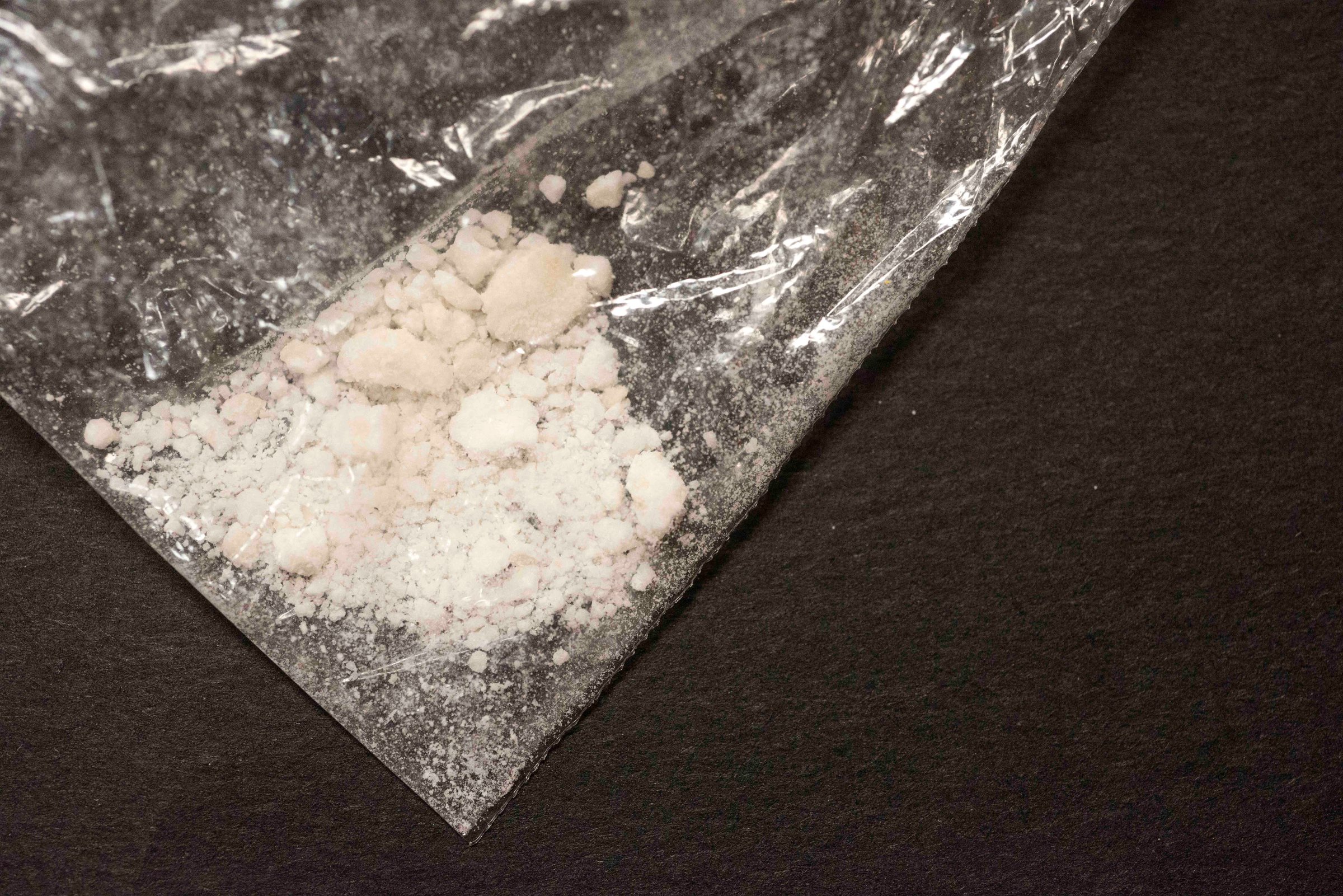
Drug overdose deaths involving the potent synthetic opioid fentanyl are on the rise, and the number of fentanyl-related deaths roughly doubled each year from 2013 through 2016, according to new federal data.
Researchers from the Centers for Disease Control and Prevention’s (CDC) National Center for Health Statistics (NCHS) reviewed death certificates filed from 2011 to 2016 to find out which drugs were mentioned most frequently each year. During this time period, drug overdose deaths increased from 41,340 in 2011 to 63,632 in 2016.
Just as striking as the overall uptick, however, was the sharp increase in deaths involving fentanyl.
Fentanyl was mentioned in about 1,600 U.S. death certificates in both 2011 and 2012, according to the NCHS’ review. In 2013, that number rose slightly to 1,919. But by 2014, it had roughly doubled to 4,223 — a trend that continued in 2015 (8,251) and 2016 (18,335).
By 2016, fentanyl was involved in about 29% of all fatal drug overdoses and had overtaken heroin — which was the most commonly cited drug in the death certificates of people who had died from overdoses from 2012-2015 — as the substance most frequently involved in drug deaths. Cocaine ranked second or third in each year included in the study, and the prescription opioid oxycodone was the leading drug in 2011. Many fatalities also involved multiple drugs, the report says.
While the new study left off at 2016, recent CDC data showed that the rate of drug overdoses involving fentanyl and other synthetic opioids increased by 45% between 2016 and 2017 — evidence that these potent narcotics are not going away. Fentanyl and other synthetic opioids were involved in nearly 30,000 overdoses last year, out of a total of about 70,000, according to federal estimates.
Fentanyl is involved in so many overdoses because of its high potency; it is 80 to 100 times stronger than morphine, and even a small amount can be lethal. Drugs such as heroin and cocaine are increasingly being laced with fentanyl and other synthetic opioids, causing many drug users to consume fatal doses by mistake.
Lawmakers and public health officials have made it a priority to reduce both supply of and demand for synthetic drugs like fentanyl. Most recently, China — which is believed to be the primary source of U.S. fentanyl — pledged to classify fentanyl and all of its chemically similar analogs as controlled substances, which would in theory stem their flow into the U.S. Whether the policy actually results in fewer overdose deaths, however, remains to be seen.
More Must-Reads from TIME
- Why Trump’s Message Worked on Latino Men
- What Trump’s Win Could Mean for Housing
- The 100 Must-Read Books of 2024
- Sleep Doctors Share the 1 Tip That’s Changed Their Lives
- Column: Let’s Bring Back Romance
- What It’s Like to Have Long COVID As a Kid
- FX’s Say Nothing Is the Must-Watch Political Thriller of 2024
- Merle Bombardieri Is Helping People Make the Baby Decision
Write to Jamie Ducharme at jamie.ducharme@time.com